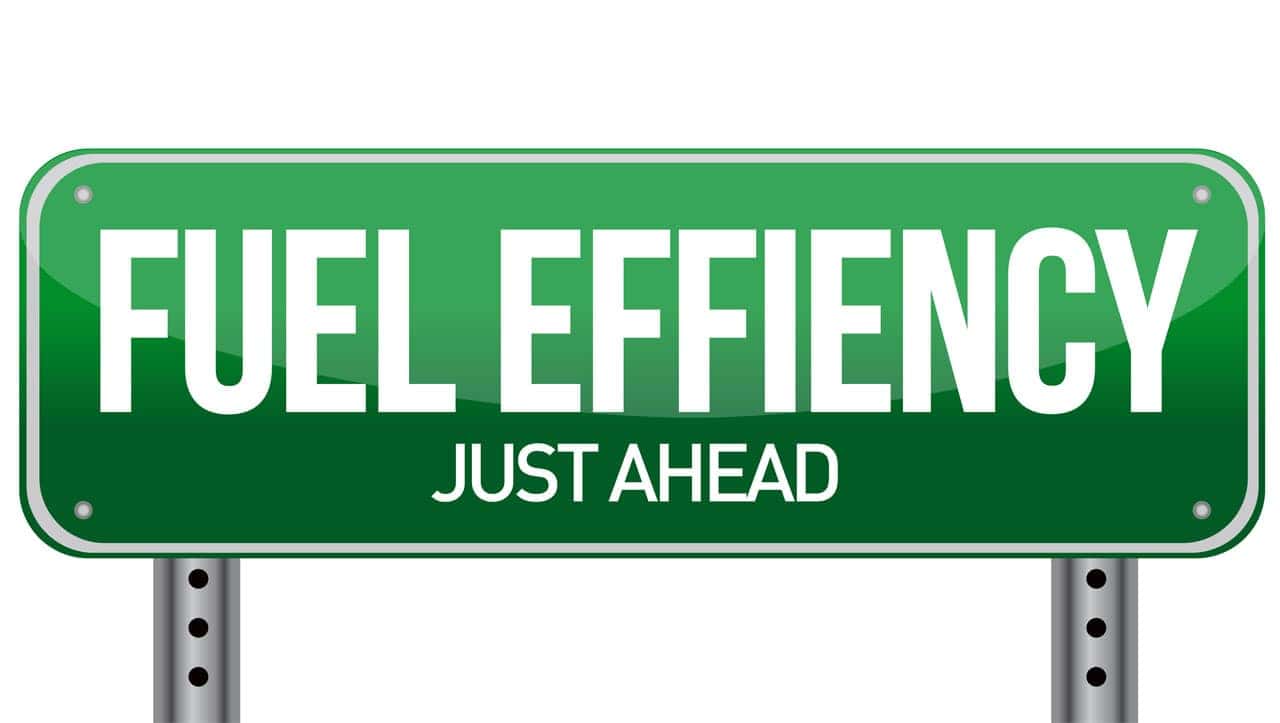Just as smartphones have become essential to our everyday lives, so too have several mobile apps. Offering a way to quickly tap into your accounts across a huge range of activities, services, and shops, apps epitomize what has made the smartphone such a prevalent piece of tech.
Still, not all apps are made equal, and several businesses set up apps that are destined to fail because they don’t adhere to the fundamentals of a successful mobile app. By looking at the factors that make apps popular, it’s clear to see the fundamentals that creators and app runners need to tap into to capitalize on the potential of the tech.
Why Are Mobile Apps So Popular?
Easily the most prominent reason as to why mobile apps are so popular is that they are convenient. As convenient as smartphones are for accessing the internet and online applications, apps offer that next additional step of enhanced convenience. Most of the time, you don’t need to log in and can just tap the tile to gain access to your account, see everything that you’ve saved, and not even need to put in payment information. The convenience makes apps easier, which makes for a more enjoyable user experience.
With this, we’ve given smartphones an absurd amount of power over our lives. As they’re convenient and feel secure as they’re in our pockets or close by all day, we’re happy to utilize their convenient features to control what we do. Enabling push notifications keeps us in the loop, inputting personal data allows for quick access, and using utility apps keeps us organized. All of this comes from downloads that, more often than not, don’t cost anything.
This leads to another fundamental reason why apps are so popular: they easily make decisions for us. We don’t need to decide to check messaging services, keep an eye out for sales, or remember when to log in to play the next part of a game as notifications do all of that for us. On the side of the app provides, it’s the ability to send notifications that make developing an app worthwhile, while for the user, it feels like a time-saving, personalized way of going about everyday functions.

Fundamental Building Blocks Of A Top App
Convenience is king in everything mobile. It’s the core reason behind the popularity of smartphones and why people download hundreds of apps without even needing many of them. In line with this, your app’s functions have to be hyper convenient as well, otherwise, it’ll defeat the main driver of using the app, perhaps dissuading customers. A lot of this comes to how well, or rather, how fast your app performs on a modern OS, but there are also other small ways to enhance its convenience.
The easiest way to do this is to implement a form of fast payment options, particularly if your app can also payout to users. This is why, in the context of online entertainment, for example, people search for the leading instant payout casinos on mobile. These mobile-based platforms have made the process of withdrawing winnings even smoother due to the instant payout options, thus making the service more enjoyable overall. These are often via eWallets or cryptocurrencies like Bitcoin, and so any app can apply this same method of making a convenient app all the better. You can find them on review sites where they are ranked based on the services they provide, as well as more information about it. They can be discovered on review sites, where they are ranked based on the services they provide, as well as additional information to assist players in making informed judgments about online gambling.
The next fundamental that you need to master is notifications. There’s an ocean of mobile game apps out there now, with the range even extending to racing modern busses in a game. Still, early success also showcased the power of notifications, often alerting to virtual currency sales and the elapse of time walls, now every notification seeks to perfect the art of sending these bumps to users. The key to this potentially potent feature is offering timely and valuable information.
It’s best to first understand what notifications shouldn’t be used for, which is to advertise something that isn’t part of the app itself, get the user straight back into the app, and give non-valuable information that the user can’t unequivocally gain from. Notifications should be used somewhat sparingly and only when you wish to convey a message that will bring them value, such as via a stock notification of an item they’re watching, an alert to a new sale or range, or a reminder that the items in their basket have been kept there.
Finally, a large part of app user retention and app use is the ability to personalize the content. Those who get an app want it to be a quick-tap portal to what they need and want to see. As such, including personalization tools can make your app incredibly useful. Aspects like a one-time log in – or biometrics log in – the ability to save lists, a retaining basket, in-app ratings and reviews options, trackers and even background or color scheme alteration options will all make your app much more personalized.
So, if you’re planning to utilize a mobile app as a product or a portal to your business, be sure to keep these elements in mind.









